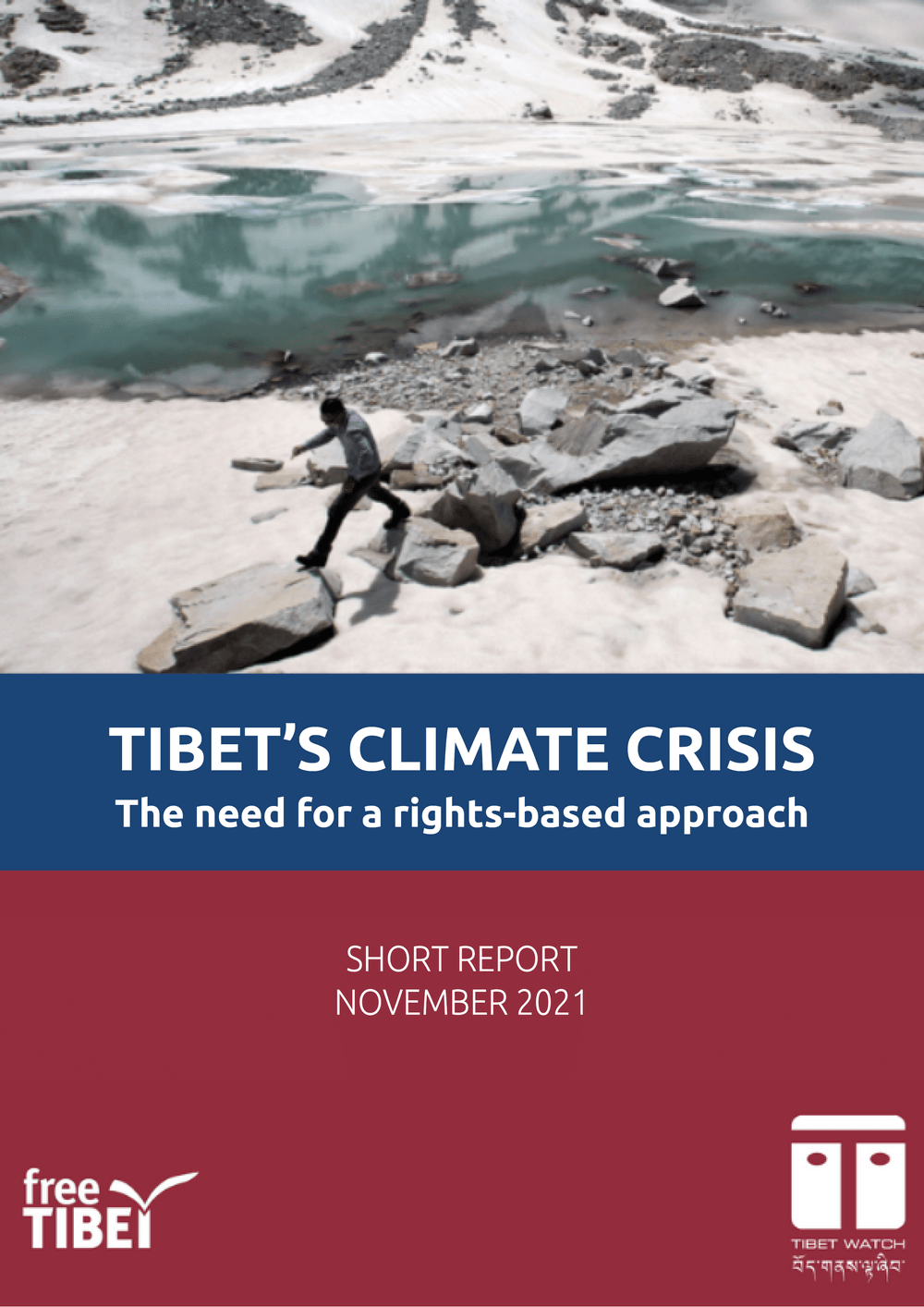
Introduction
Tibet is on the frontline of the climate crisis and the effects of climate change on the land and its people are already evident.
Even if the world implements the Paris Agreement, signed at COP21 and which would limit global heating to less than 2°C, Tibet will still be disproportionately affected with a temperature rise of nearly three times the global average. Tibetans in the capital city of Lhasa have already voiced concerns that the heat will become unbearable in the near future,3 while the alarming rise in temperature is due to have catastrophic consequences for over half of the world’s population in Asia, who depend on the ten major rivers originating from the Tibetan plateau. The combined effects of heating in Tibet have resulted in glacial melting, expansion of lakes, ground ice thawing and disruption of the water cycle. Despite these findings, China’s plans for colossal river diversion schemes, damming, weather modification programs, infrastructure development and large-scale mining operations have accelerated as the Chinese government implements policies that marginalises sustainable land management practices of nomadic pastoralism and farming.
China’s invasion of Tibet in the 1950s and its rise as a global economic power have intensified natural resource extraction in occupied Tibet with both urbanisation and militarisation of its borders. Tibetans demanding their freedom and raising concerns about environmental protection are at risk of being labelled as “separatists”, imprisoned, tortured and in some instances killed. The scientific consensus in the People’s Republic of China and beyond demands a critical rethink of these policies. This briefing will highlight how indigenous stewardship of land would better achieve the stated goals of protecting the environment. Tibetans’ traditional ecological knowledge system rooted in its animistic beliefs and Buddhism has allowed its glaciers, snow mountains, frozen soil, lakes and rivers to remain intact for centuries and has thus ensured the stability of its diverse ecosystems and year-round freshwater availability for its neighboring countries. This knowledge must be recognised and used to inform environmental policy in the Tibetan Plateau


